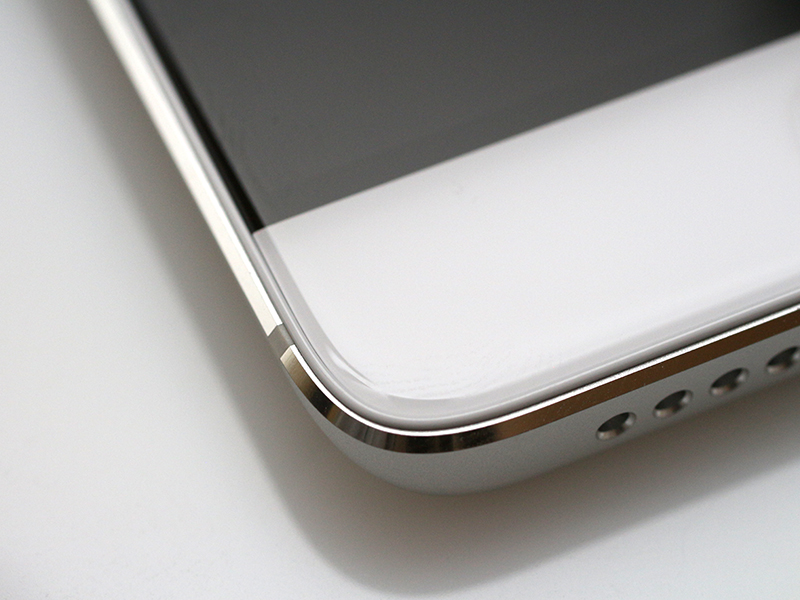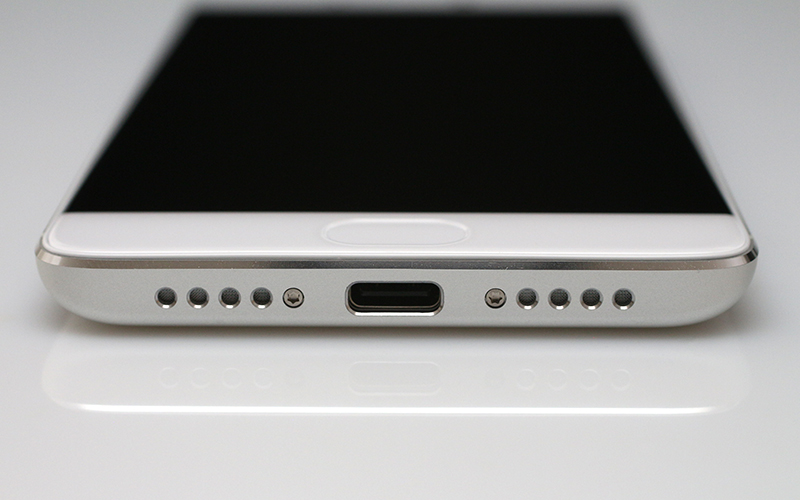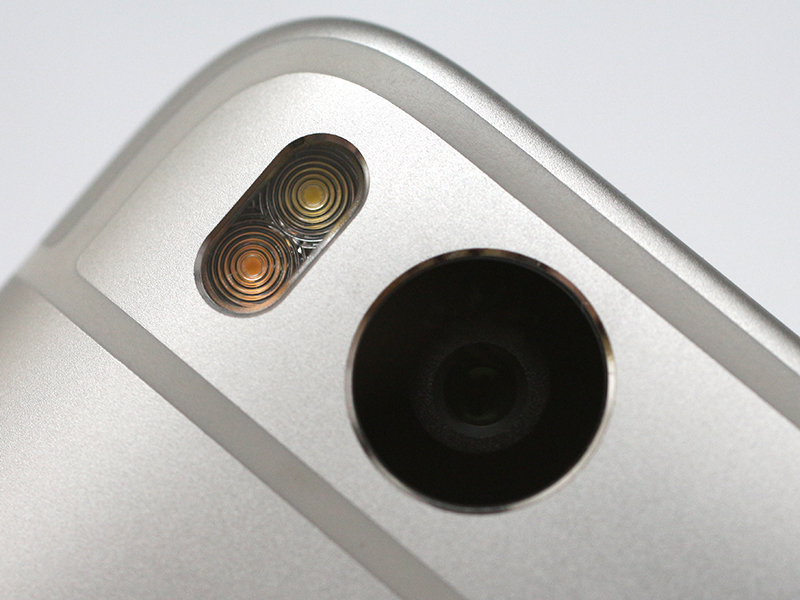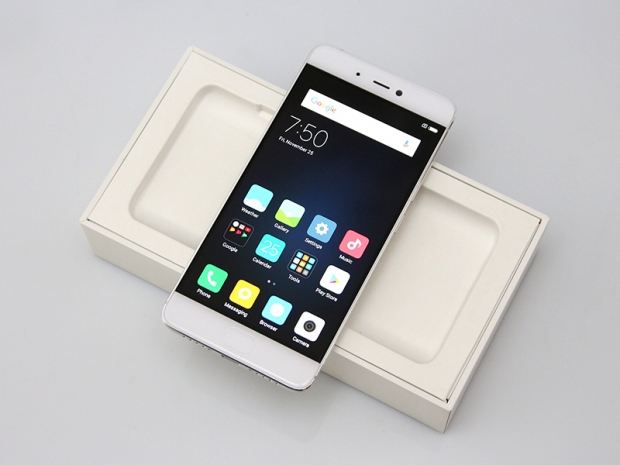Index
Audio, Display and Camera Quality
We can’t say for sure, but it seems highly likely that the Mi5s features the exact same IPS LCD panel used in the original Mi5. Let’s not forget that this is a refreshed device rather than an entirely new design.
The good news? There was nothing wrong with the Mi5’s display to begin with, and it’s a pretty good panel too. It’s a 5.15-inch 1080p display rated at 600 nits brightness, which means it’s still good even by today’s standards. MIUI also has a few tricks up its sleeve. The Read Mode reduce background glare and increases colour temperature. You can also tweak colour temperature, contrast and a few other settings to get it just right.

The biggest difference, compared to the Mi5, is the use of 2.5D curved Gorilla Glass 4 on top. While curved glass does nothing for display quality, it makes the Mi5s feel substantially “smoother” than its predecessor. The Prime version with 4GB RAM and 128GB storage adds Force Touch support to the mix. The only downside of having a curved glass is that it makes the device marginally thicker. No big deal.

The side firing speaker is good, but not as loud as the one used on the Mi Note 2 or the latest iPhones. The microphone is housed next to the speaker, in the right grille. Call quality is great, and so is noise cancellation. The device also supports VoLTE for even higher fidelity.
While the display and audio system are practically transplanted from the Mi5, the camera is not. The Mi5s sports an all new camera based on Sony’s IMX378 sensor. This is the same sensor used in Google’s highly acclaimed Pixel phones, but it seems like Xiaomi pinched a few pennies on the optics.

Therefore, the Mi5s won’t match the Pixel in a shootout, but that doesn’t mean the camera is no good. The Pixel set the bar very high, and the Mi5s is just a couple of steps behind.
The Mi5 features the 16-megapixel IMX298 sensor with 4-axis OIS, while the Mi5s has a 12-megapixel sensor with no OIS. What’s the catch? The IMX378 is much bigger. It’s a 1/2.3” sensor, and this size is more common to point and shoot cameras than smartphones. Therefore the pixel size is 1.55µm, and this is a substantial improvement over the 1.12µm and 1.00µm sensors used in the Mi5 and Mi Note 2.
That said, the oversized sensor would have probably produced even better results with a faster aperture, but f/2.0 is not bad, either. Let’s not forget Xiaomi doesn’t do “camera humps” and cameras on virtually all of its devices are flush to the back. There's a price to pay for this habit - you can't fit huge optics in skinny phones.

Our indoor shots prove the Mi5s has what it takes to take on most flagships today, but things could be better. Daylights shots are great, but what happens at night?

Well, you still get good results, but we were hoping for even better shots. Some night shots were under-exposed, which isn't that big of a deal. However, it seems as if Xiaomi forgot it has a great sensor in this particular device, as noise reduction is pretty aggressive. This means it's going to rob you of a lot of detail in low light, and you can see the water colour effect on our 100% crop.

Outdoor daylight shots demonstrate the abilities of the Sony sensor. We took them in horrible lighting conditions, but got good results. Here you can see the difference HDR can make in such situations.

Want more light? How about direct sunlight with some haze and clouds? The bottom image is Auto mode sans HDR, and as you can see, the sensor copes well even without HDR.

This is an HDR shot with a 100 percent crop. The sharpness is OK, as good as you can expect from a 12-megapixel device zoomed in to 100%. There are no artefacts or HDR fringing.
Overall, the Mi5s is a winner in the camera department, but it could have been even better. Still, if you want an Android phone with the best camera sensor out there, your choice is limited, and the Mi5s costs a lot less than other phones with the same IMX378 sensor. The problem? Competing devices with the identical sensor produce better photos.
The front-facing camera sticks to the same philosophy. It sports a 4-megapixel sensor 1/3” sensor, with huge 2µm pixels. This allows it to deliver good results even in low light, although 4 megapixels doesn’t sound impressive nowadays. For example, the Mi Note 2 features an 8-megapixel unit with autofocus. At the same time, the Mi5s still does well and should be good enough for any selfie lover.

